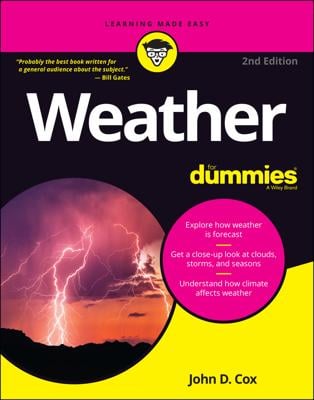A hailstone begins life as a core of ice crystals or frozen water. Warm, moist air from underneath a storm cloud creates a strong updraft so that, instead of falling to the earth, that core is blown up through the moist storm cloud, collecting layers of ice — a process called accretion.
As the warm updraft cools, it loses its energy and gravity takes hold of the hailstone, pulling it back down through the storm cloud and collecting still more layers of ice. When it gets low enough, that hailstone will encounter the warm updraft again, which will carry it back into the colder heights of the atmosphere. This process of rising, falling, and collecting layers of ice continues until the hailstone becomes too heavy for the updraft to lift; then it falls toward the earth.
Most large thunderstorms create hail, but it melts into rain before it reaches the ground. Tornadoes, which are created when warm, moist air meets cool, dry air, are often preceded by falling hail.
If you've ever heard a meteorologist on a nightly newscast compare the size of hailstones to quarters, golf balls, or softballs, they weren't just pulling those comparisons out of thin air. Though they prefer actual hailstone measurements over comparisons, the National Weather Service does offer a chart of recommended comparisons:
| Hail Diameter (in inches) | Description |
|---|---|
| 1/4 | Pea |
| 1/2 | Marble |
| 3/4 | Penny |
| 7/8 | Nickel |
| 1 | Quarter |
| 1-1/4 | Half-dollar |
| 1-1/2 | Walnut/ Ping-Pong |
| 1-3/4 | Golf Ball |
| 2 | Hen Egg/Lime |
| 2-1/2 | Tennis Ball |
| 3 | Large Apple/Teacup |
| 4 | Grapefruit |
| 4-1/2 | Softball |

